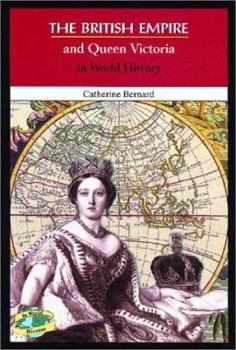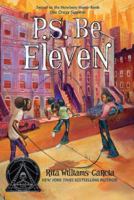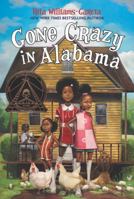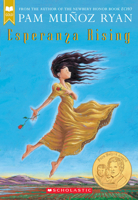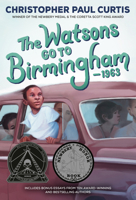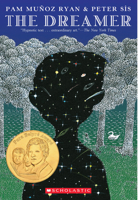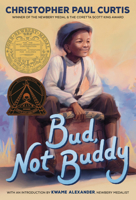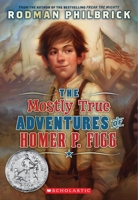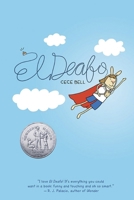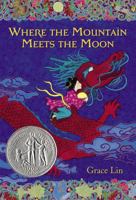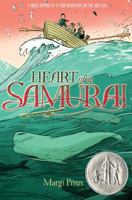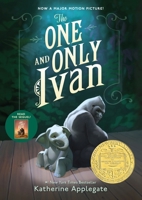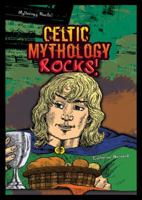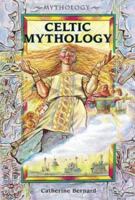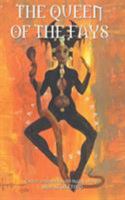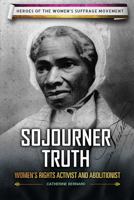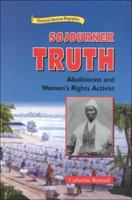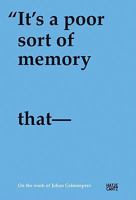The British Empire and Queen Victoria in World History (In World History)
Select Format
Select Condition 
You Might Also Enjoy
Book Overview
Author Catherine Bernard explores the British Empire during the reign of Queen Victoria, who become a symbol of the vast empire. During Queen Victoria's sixty-three year reign over England, the nation flourished. The British Empire expanded, adding territories in places such as India and areas of Africa. While England's imperialism helped improve the economy by providing valuable imports and exports, it also exploited the people, culture, and land of these territories. For good and bad, it was above all an age of change. This description may be from another edition of this product.
Format:Library Binding
Language:English
ISBN:0766018245
ISBN13:9780766018242
Release Date:January 2003
Publisher:Enslow Publishing
Length:128 Pages
Weight:0.90 lbs.
Dimensions:0.5" x 6.0" x 9.0"
Age Range:10 to 17 years
Grade Range:Grades 5 to 12
Related Subjects
Classics Fiction History Humanities Literature Literature & Fiction Parenting & RelationshipsMore by Catherine Bernard
Customer Reviews
7 customer ratings | 5 reviews
There are currently no reviews. Be the first to review this work.
Indiana Mentions in Our Blog
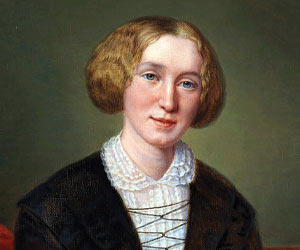
Women Undercover
Published by Ashly Moore Sheldon • November 22, 2019
On this day in 1819, the prominent author Mary Ann Evans was born. But you may not have heard of her because her books were published using the pseudonym George Eliot. And she’s not alone. There’s a long history of famous women writers who adopted male pen names.











